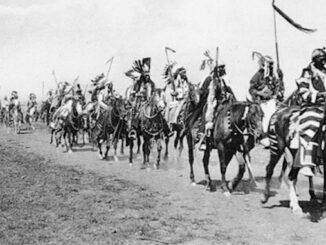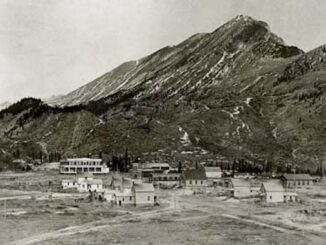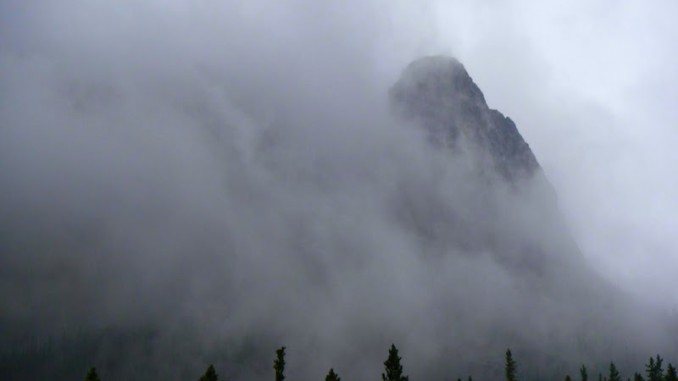

“I have heard (but not believ’d) the spirits of the dead
May walk again”~Shakespeare
The gateway to the Canadian Rockies in southern Alberta has long been the Bow Valley, but it wasn’t the only access point. Pre-contact First Nation groups from present-day British Columbia, such as the Kootenai, used Devil’s Gap in the Ghost Valley, the valley immediately north of the Bow, to gain access to the prairies in order to hunt Bison and other game. In the late 1880’s the Bow Valley became the main thoroughfare for the Canadian Pacific Railway and more recently the home of the Trans-Canada Highway, leaving the Ghost Valley comparatively overlooked.
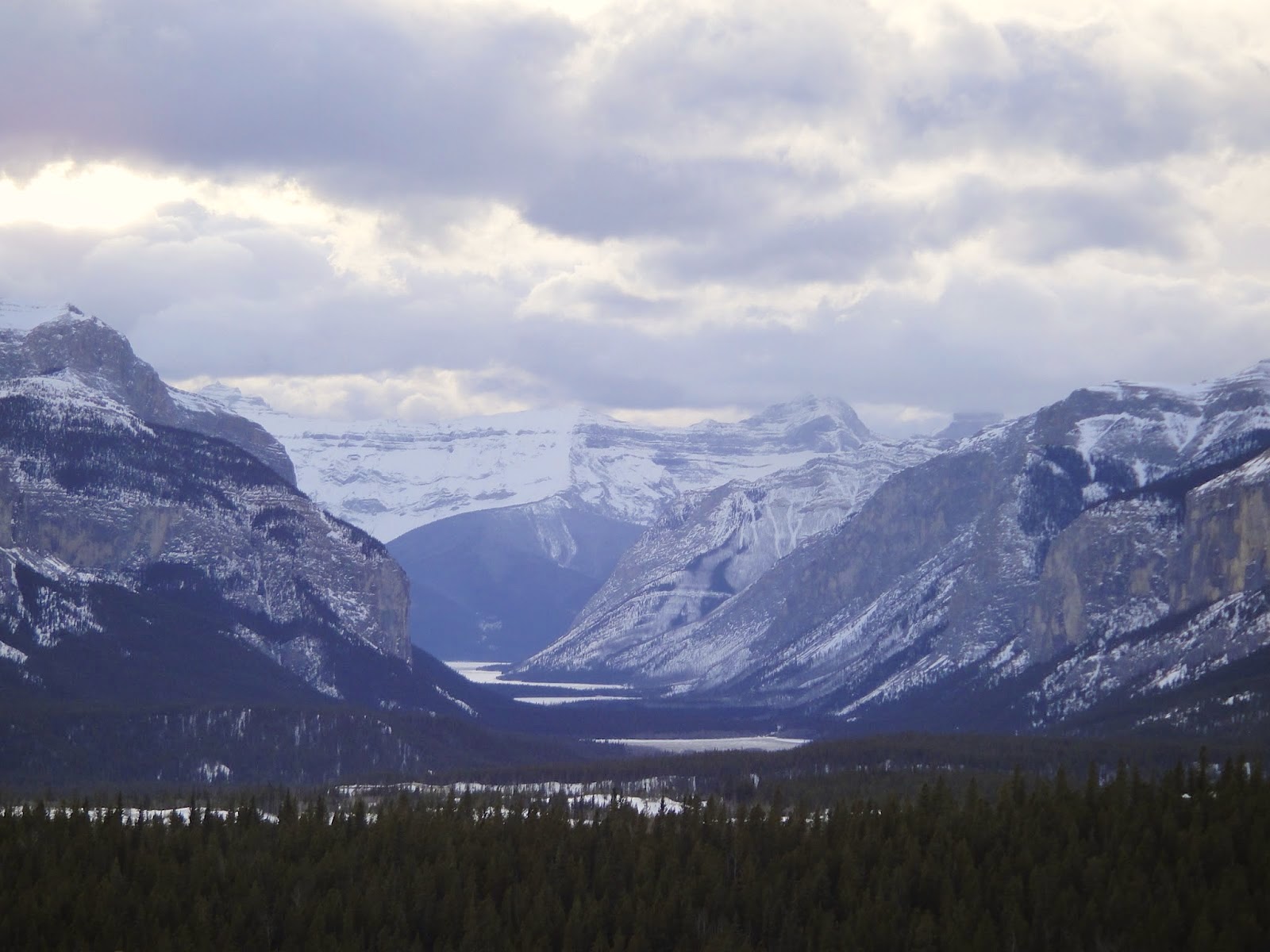
The entire Ghost area is one rich with history. The first recorded visit was by Sir George Simpson, the governor of Hudson’s Bay Company, but the name “Ghost” wasn’t used to describe the area until Dr. James Hector, a surgeon, arrived with the Palliser Expedition. The name was in reference to a Stoney legend that talked of ghosts patrolling the riverbank searching for the skulls of defeated warriors after doing battle with the Cree. The skulls were then placed on the steep walls of nearby Devil’s Head Mountain to appease its spirit. Large flat-topped mountains, such as Devil’s Head, were believed to be inhabited by spirits and carried a high degree of respect within many First Nation communities, so regular offerings to the mountain were necessary. Due to its visibility and unique protruding peak, Devil’s Head was also a useful signpost. First Nations and Europeans alike used these highly visible mountains as a means of navigation. Additional stories also exist that place numerous First Nation grave-sites along the banks of the Ghost River and Dr. Hector even mentions that the forest atop Deadman Hill, located between the Ghost and Bow Rivers, is actually one big burial ground.

The name “Ghost” can be applied to three distinct wilderness areas; the Ghost Public Land Use Zone (PLUZ), the Ghost River Wilderness Area, and the South Ghost Provincial Recreation Area. Geographically the Ghost areas border Don Getty Wildland Provincial Park, Banff National Park, and the Stoney Nation. Many of the natural features in the areas have been named with the ghostly theme in mind; Black Rock Mountain, Ghost River, Devil’s Gap, Phantom Crag, Ghost Lakes, and Spectral Peak are just a few that come to mind.
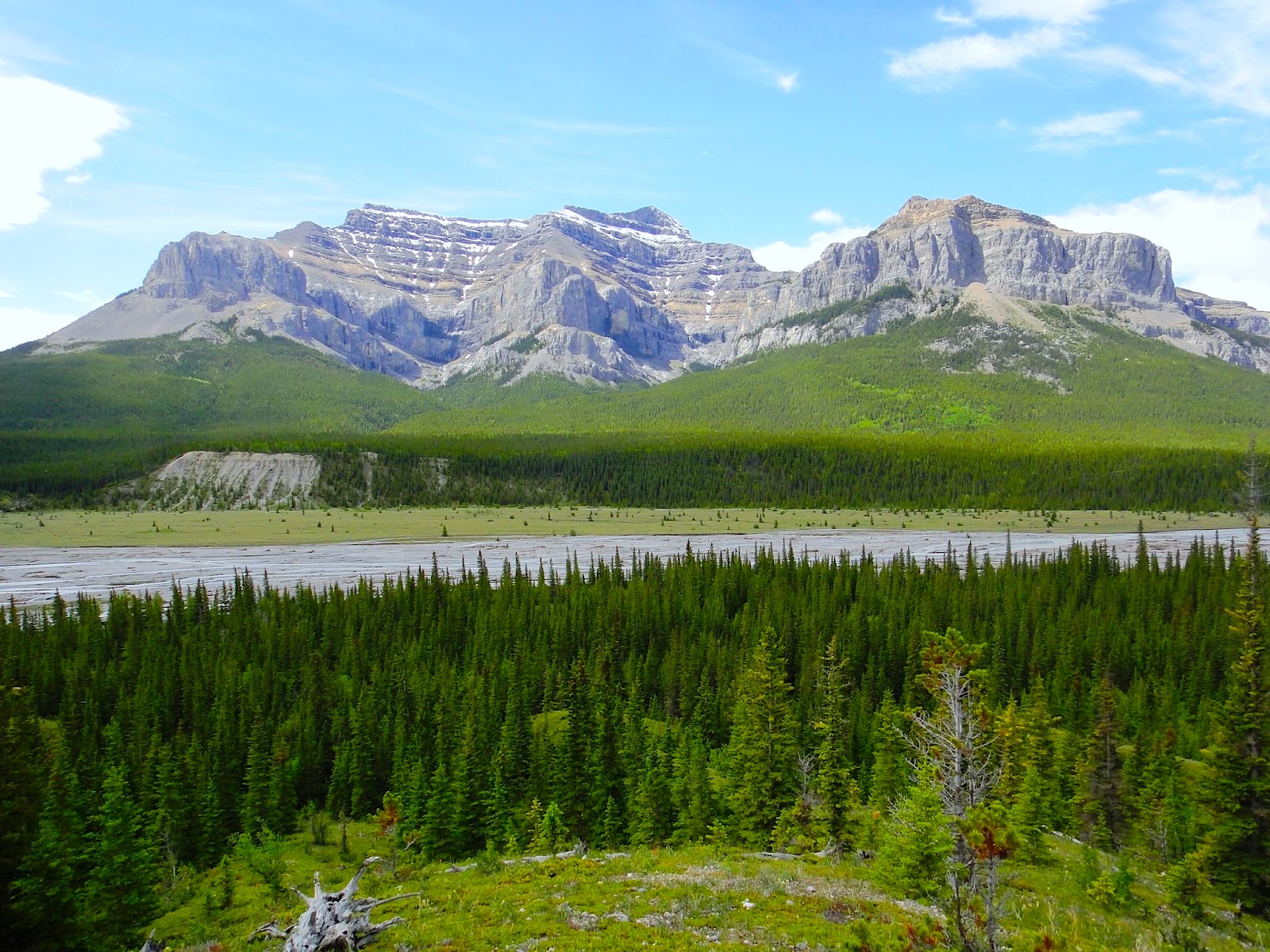
Today the Ghost areas are hotbeds for various outdoor recreational activities. Where once horseback was the preferred means of transportation, today off-highway vehicles (think quads, dirt bikes, 4×4’s, and snowmobiles) are prevalent. The Ghost Valley is also highly sought-after for climbing; considered by many to be one of the finest ice climbing destinations in North America. The area boasts numerous routes with varying degrees of complexity and terrain that is less avalanche prone than other mountainous regions. The crowds are few, the camping is free, and the wilderness is raw; it’s just the access that can be quite difficult. The ghoulish tradition has continued through the local climbing community as well; bestowing names like Beowulf, Dead Bird, Phantom Falls, Silver-Tongue Devil, and Werewolf Waltz on some of their favourite routes. There are also fantastic opportunities for hiking, mountain biking, horseback riding, hunting, and wildlife viewing.

When you first set eyes on the ruggedness that is the Ghost, it’s not hard to imagine spectral figures wandering among the Lodgepole and limestone. When the valley is filled with clouds (see featured photo as an example) it only adds to the eeriness and you’re never quite sure what will drift out of the mist. The Ghost is a very mysterious place and each time I visit I feel compelled to stay longer. I spent eight years living and working in the area and still haven’t seen it all. Of all the places you’ll visit this summer, I hope the Ghost region is one of them!




